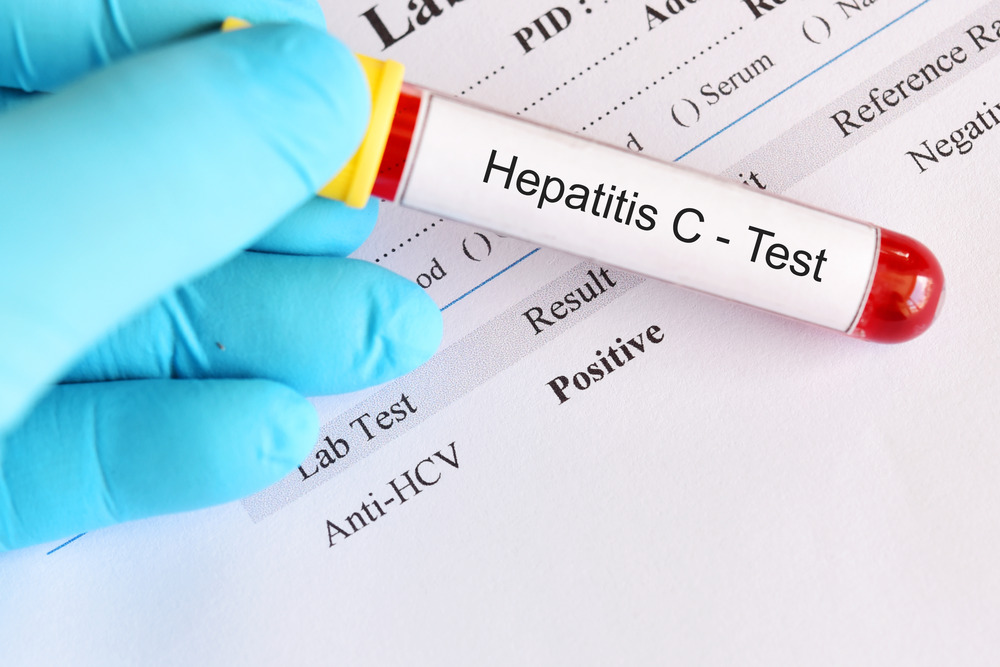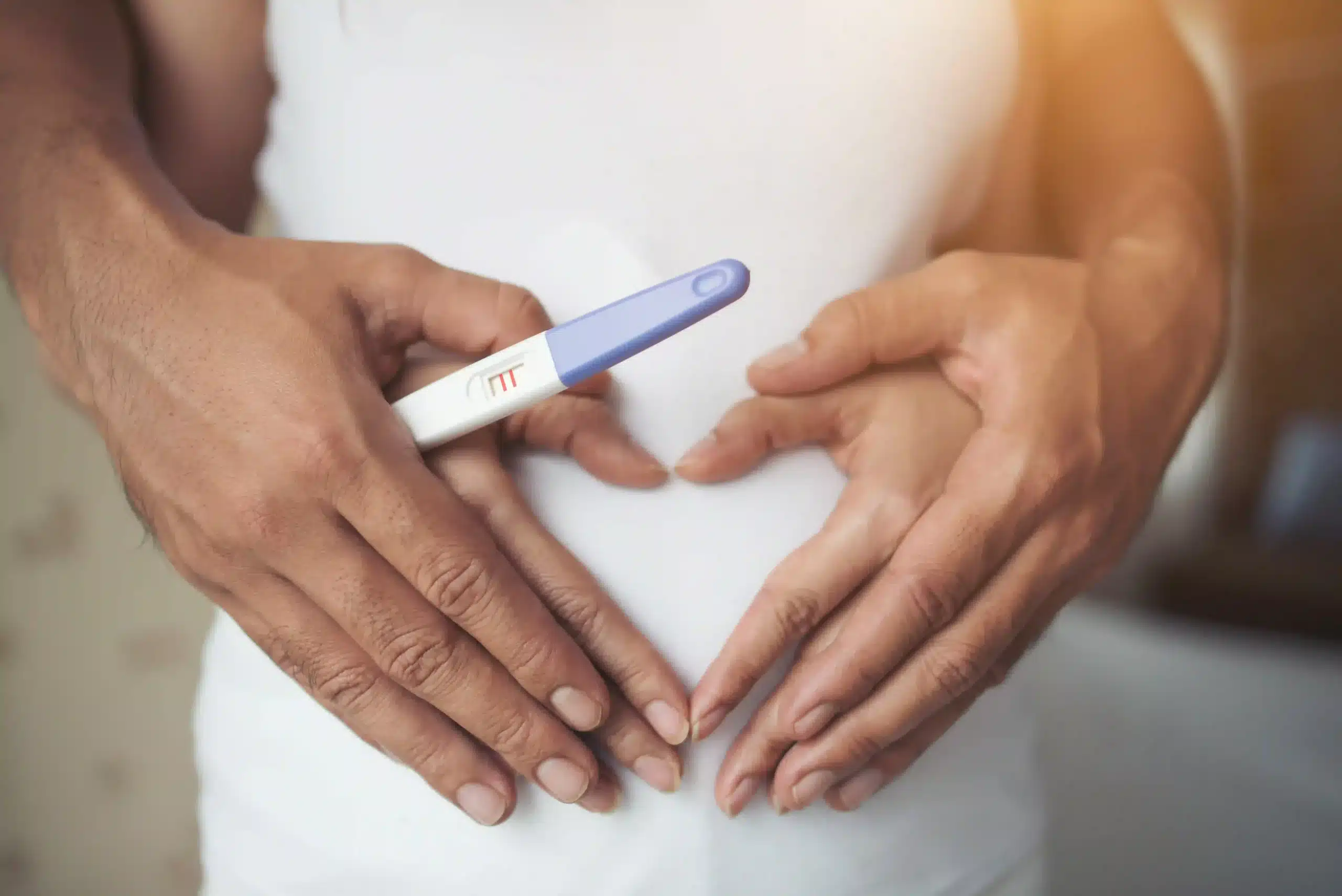
Gonorrhea is known to be spread through sexual contact, but the disease can also be spread non-sexually. Knowing how this infection spreads is key to prevention. In this article, we will uncover various aspects of gonorrhea transmission, prevention methods, and misconceptions to help you stay informed and protected.
What Is Gonorrhea?
Gonorrhea is a sexually transmitted infection affecting both males and females. It is caused by the bacterium Neisseria gonorrhoeae and is primarily transmitted through sexual contact. The bacteria commonly affect warm, moist parts of the body, such as the vagina, anus, throat, urethra, cervix, and eyes. Unlike other sexually transmitted infections, gonorrhea is curable with antibiotics.
However, if not treated, the infection can lead to severe health complications, like pelvic inflammatory disease, epididymitis, and infertility. In many cases, gonorrhea causes no symptoms at all. When symptoms appear, they may be different for men and women.
In men, the infection may cause pain and inflammation in one testicle and abnormal discharge. In women, symptoms may include abnormal vaginal discharge, vaginal bleeding, and pelvic pain. Sore throat, itching, and painful urination are common symptoms in both men and women.
How Does Gonorrhea Spread?
Sexual contact is the main way gonorrhea is spread. However, it is not the only way. Having a good grasp of all transmission methods can make prevention much easier.
Sexual Transmission
Gonorrhea can be spread through vaginal, anal, and oral sex with someone who has the infection. Using sex toys that contain fluid infected with gonorrhea also poses a risk of transmission. Bodily fluids that can carry gonorrhea include semen, pre-cum, and vaginal fluid. Direct contact with infected fluid during sexual activity enables the passage of bacteria from an infected individual to an uninfected partner.
Non-Sexual Transmission
It is possible to contract gonorrhea without having sex. A common example is mother-to-child transmission during childbirth. If the mother has the infection, the bacteria can be transmitted to the baby as it passes through the birth canal. In newborns, the infection commonly affects the eyes, leading to severe eye infections that can potentially cause blindness when left untreated.
Gonorrhea Transmission Rates
The chances of getting gonorrhea aren’t the same in every situation. Research suggests that the type of sexual contact largely impacts transmission rates. While the risk of infection is significantly higher without protection, the chances of getting gonorrhea with protection are still 78% when it is passed from male to female and 26% when it is passed from female to male.
Studies also show that oral sex poses less risk of gonorrhea transmission than vaginal and anal sex. These statistics offer clear insight into the various factors that influence transmission rates, empowering you to take necessary precautions.
Misconceptions About Gonorrhea Transmission
Misleading information about gonorrhea transmission may put you at risk of contracting the infection or cause unwanted fear and confusion. Here are some common myths about gonorrhea that you should be aware of:
- You can get gonorrhea from a swimming pool: Chlorine in swimming pools does not allow the bacteria to survive in the water. Therefore, there is minimal risk of contracting the infection through a swimming pool.
- You can get gonorrhea from hugging or shaking hands: Skin-to-skin contact without bodily fluid transfer cannot cause gonorrhea to spread.
How to Prevent Gonorrhea Transmission
Preventing gonorrhea infection starts with a proper understanding of its modes of transmission and the right methods to stop the transmission. While there are no methods that can guarantee 100% protection, following these preventive practices can significantly minimize the risk of spread. Here are some preventive tips:
- Use protection every time you engage in sexual activities: Using barrier protection like condoms or dental dams during oral or anal/vaginal sex can prevent bodily fluid exchange.
- Regular screening: Individuals who frequently engage in sexual activities should undergo regular tests for gonorrhea. Early detection allows you to take the necessary treatment protocols and prevent further transmission.
- Preventing transmission to an unborn child: Pregnant women should consult a doctor to take measures that can reduce the risk of gonorrhea transmission to their child during delivery.
Get Gonorrhea Testing and Treatment at Equality Health
Gonorrhea is a common infection, but with the right precautions, you can eliminate the risk of transmission. Regular testing, limiting sexual engagement, and using condoms during sex are some of the best proactive measures for prevention. For infected individuals, the infection can be cured by undergoing proper medical treatment. At Equality Health, we focus on providing the best care to help you stay protected from STIs. For any inquiry about gonorrhea or any other STIs, connect with us right away.
Frequently Asked Questions (FAQs)
Yes, gonorrhea can be transmitted through saliva during kissing or oral sex.
Yes, you can be reinfected with gonorrhea after being cured.
Transmission of gonorrhea requires the exchange of specific bodily fluids. Simply touching the hands of an infected person is not a risk factor for transmission.





